1. Not Really “Flying”—They Glide

iStock
Flying spiders don’t actually fly like birds or insects with wings. Instead, they use a method called “ballooning” to travel through the air. This involves releasing silk threads into the air that catch the wind, lifting the spider off the ground and allowing it to glide for long distances. It may look like they’re flying, but in reality, they are simply floating through the air, often carried miles away by the breeze. This method is highly effective for dispersing the spiders to new habitats, though it might be a bit unsettling to watch these tiny arachnids float around.
2. They Can Travel Miles
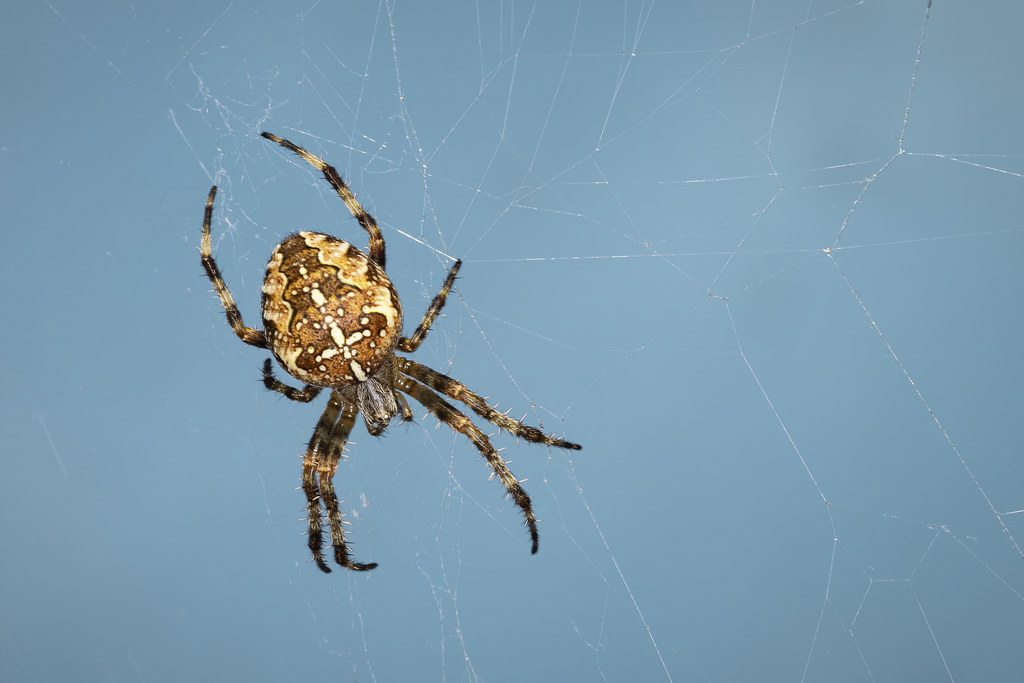
Flickr
One of the most incredible aspects of flying spiders is their ability to travel over long distances. Using ballooning, some species of spiders can glide as far as several miles. The silk threads they release act like tiny parachutes that catch the wind and carry them through the air, allowing them to explore new territories in search of food, mates, or safe places to live. This means that you might encounter a flying spider in an area far from where it originally started, making them both intriguing and unpredictable creatures. Their ballooning technique allows them to expand their range without walking or crawling.
3. Common in the US

PickPik
Flying spiders are much more common in the U.S. than you might think. While they are often associated with more tropical climates, there are several species that thrive in the U.S. across various regions. These spiders can be found in forests, fields, and suburban areas. So even if you haven’t seen one floating through the air, they are likely living nearby. Common species of flying spiders include the European garden spider and Parawixia, which have been spotted in multiple U.S. states, particularly during the warmer months when conditions are right for ballooning. They’re more prevalent than many people realize.
4. They Are Mostly Harmless

Wikimedia Commons
Despite their slightly eerie method of traveling, flying spiders are harmless to humans. Most of the spiders that balloon through the air pose no threat to people at all. In fact, they’re beneficial creatures, often preying on smaller pests like flies and mosquitoes, helping to maintain the natural balance in ecosystems. While it’s understandable to feel startled if you encounter one, rest assured that flying spiders are not aggressive and are unlikely to bite. Their purpose is simply to travel and find food, not to harm humans. They are, in fact, valuable contributors to pest control in the environment.
5. Aerial Acrobats
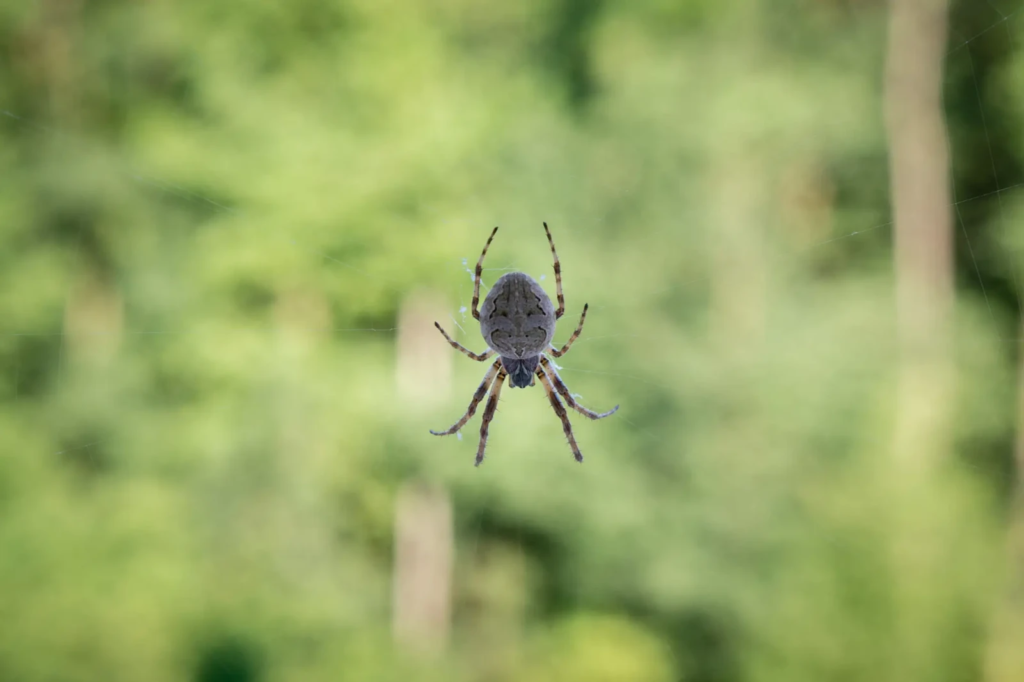
Animalia
When flying spiders take to the air, it’s not just a random floating experience—they are surprisingly skilled at using the wind to their advantage. To successfully travel, they release multiple silk threads that act like a series of small parachutes, helping to stabilize their flight and guide them in the direction of the breeze. This level of aerial control allows them to land in areas that offer plenty of food and shelter, ensuring their survival. While it may seem random, these spiders are actually well-equipped to handle the currents and make precise landings when needed, even if they’re far from their original home.
6. They Use Their Silk Like a Parachute
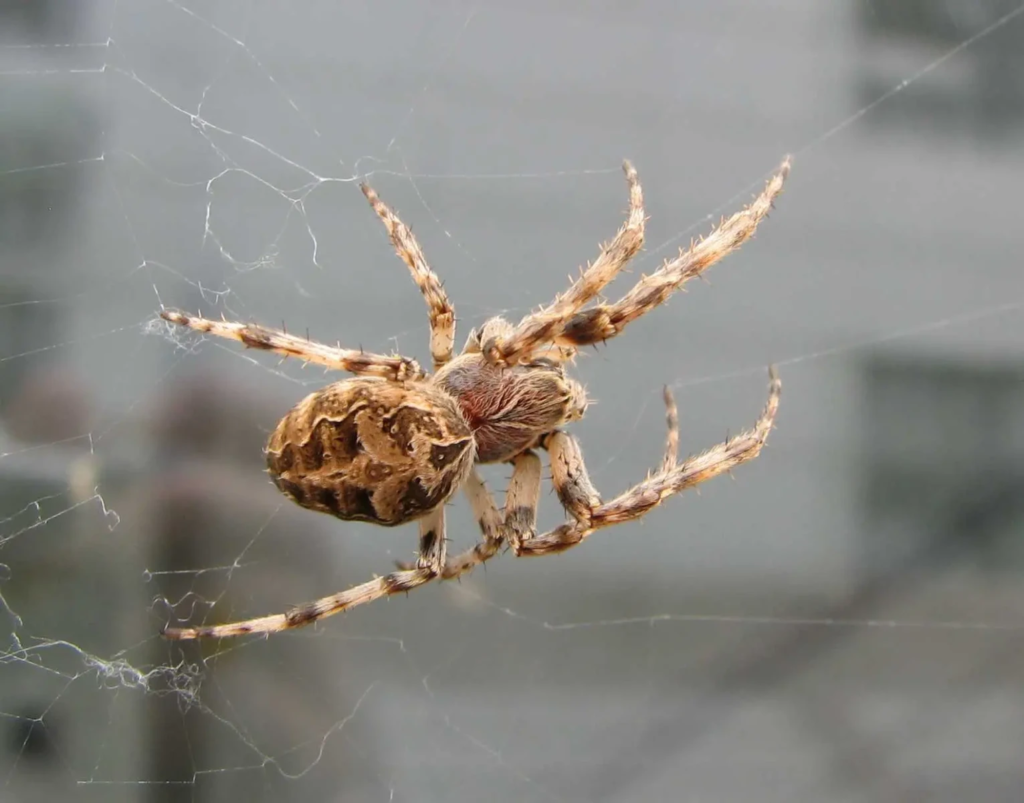
Animalia
The silk threads that flying spiders release into the air aren’t just for catching the wind—they are critical to their ability to travel. The silk acts like a lightweight parachute, allowing the spider to float through the air without using any energy to fly. The fine threads catch the wind and help lift the spider off the ground, letting it soar through the air with minimal effort. This is why flying spiders are able to travel so far without tiring. The silk they produce is strong enough to help them stay afloat, but it’s light enough that it doesn’t weigh them down.
7. Seasonal Travelers
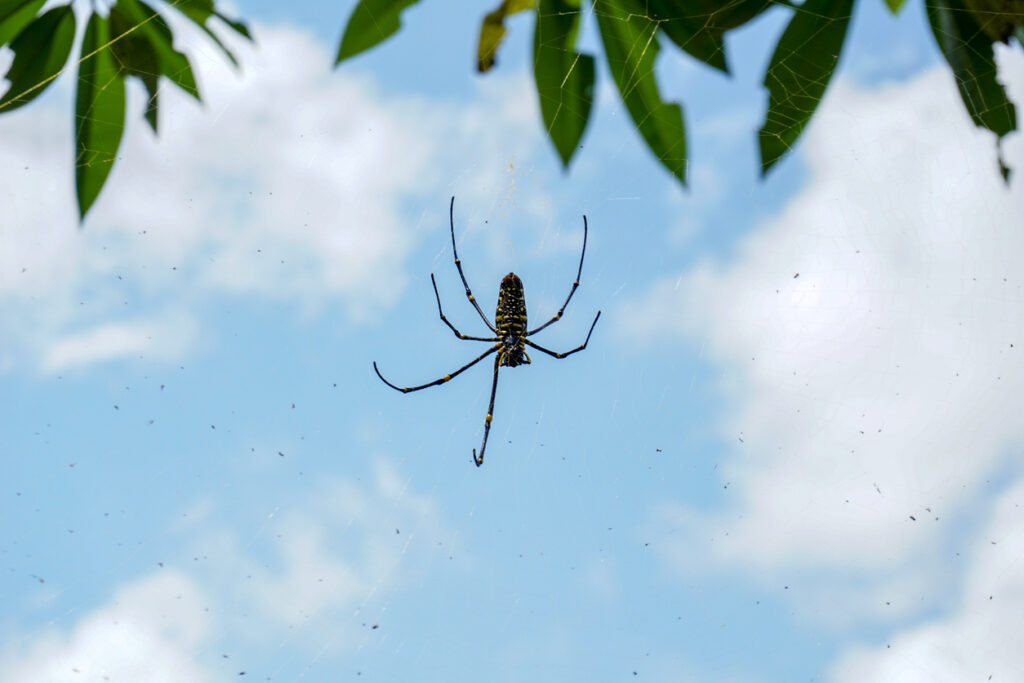
iStock
Flying spiders are most active in late summer and early fall. This is the time of year when they are most likely to be seen floating through the air in search of new territories. The warm weather, combined with favorable wind conditions, makes autumn the perfect season for these spiders to take flight. During these months, the spiders are either searching for mates or spreading out to new areas in search of food. If you spot a flying spider, it’s probably during these transitional seasons when ballooning is at its peak. During the winter and early spring, flying spiders tend to be much less active.
8. They Can End Up Inside Your Home

TYT.LT
While flying spiders are typically outdoors, it’s not uncommon for them to end up inside your home. If you’ve ever wondered where a spider came from, there’s a good chance it was floating through the air, carried in by an open window or door. Flying spiders often use their ballooning technique to explore new areas, so if you live in an area where these spiders are common, it’s possible for one to hitch a ride indoors. While it’s not likely to cause any harm, finding a flying spider inside your home can be a startling experience, especially if it appears out of nowhere!
9. Not All Spiders Can Fly
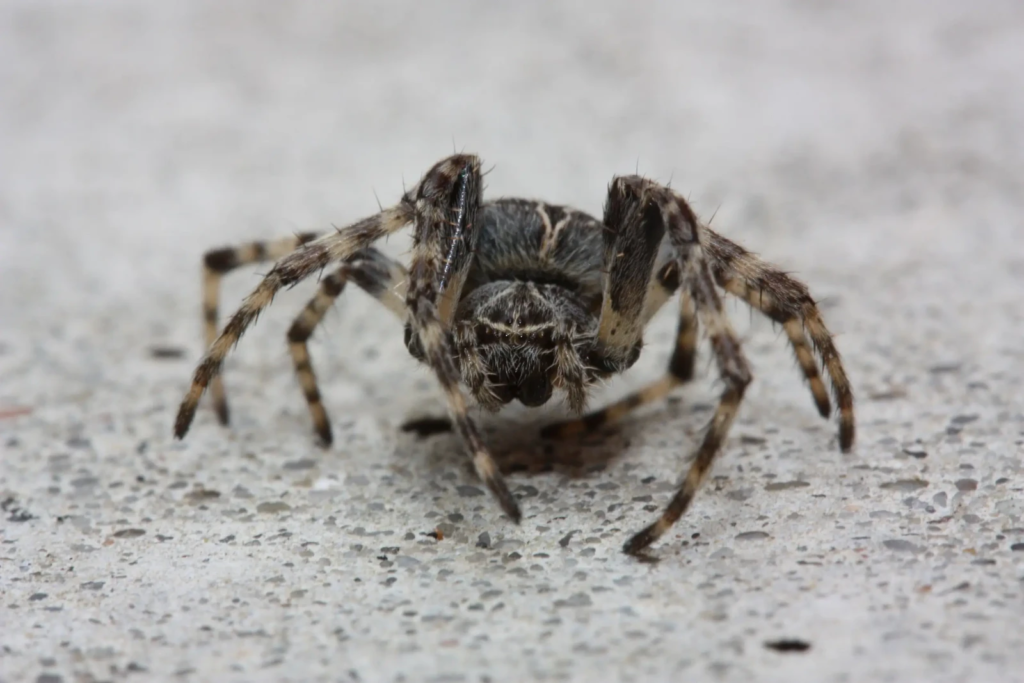
Animalia
It’s important to clarify that not all spiders have the ability to balloon or “fly.” The ability to travel through the air is specific to certain species. While flying spiders might seem like a widespread phenomenon, the reality is that only a small percentage of spiders can actually travel using the wind. Species like the Cladomelea and Serratopouma are the primary examples of spiders that have this unique ability. So, while there are plenty of spiders in the world, only a few can take to the skies, making flying spiders a rare but fascinating sight.
10. They Are Often Misunderstood
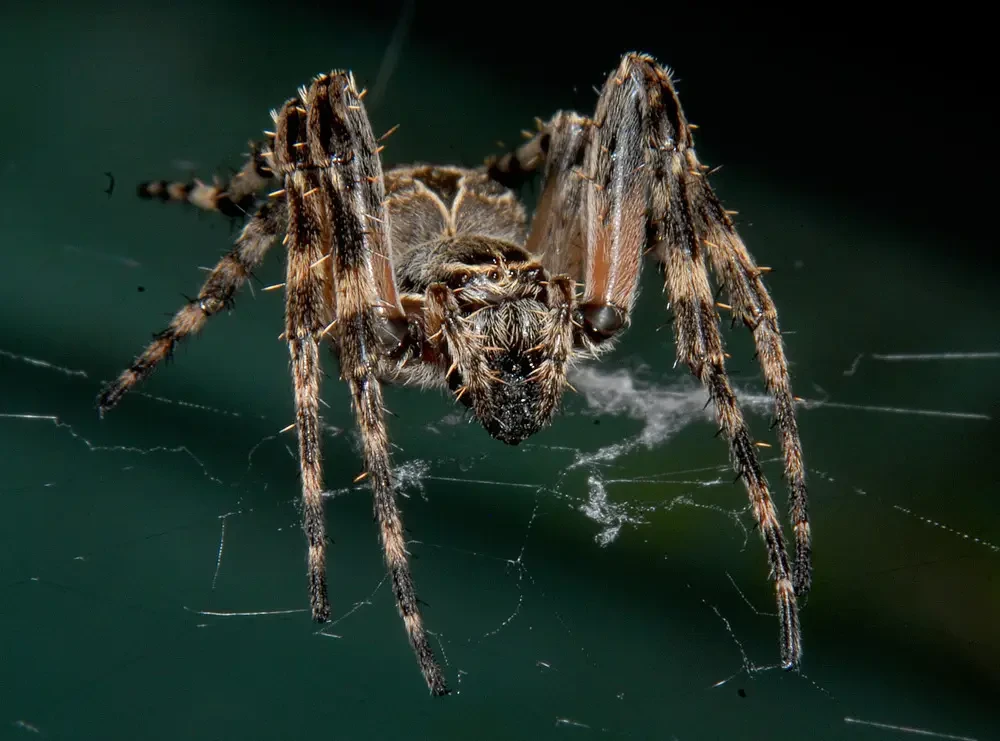
Animalia
Flying spiders often get a bad reputation due to their appearance and their unusual behavior. Many people assume that because they float through the air or seem out of place, they must be dangerous or aggressive. However, this is far from the truth. In reality, flying spiders are simply trying to survive and find new places to live. They’re not out to cause harm or terrorize humans. They play an important role in controlling insect populations, making them valuable members of the ecosystem. So, despite their creepy reputation, these spiders are far more beneficial than harmful.
11. They Can Be Hard to Spot
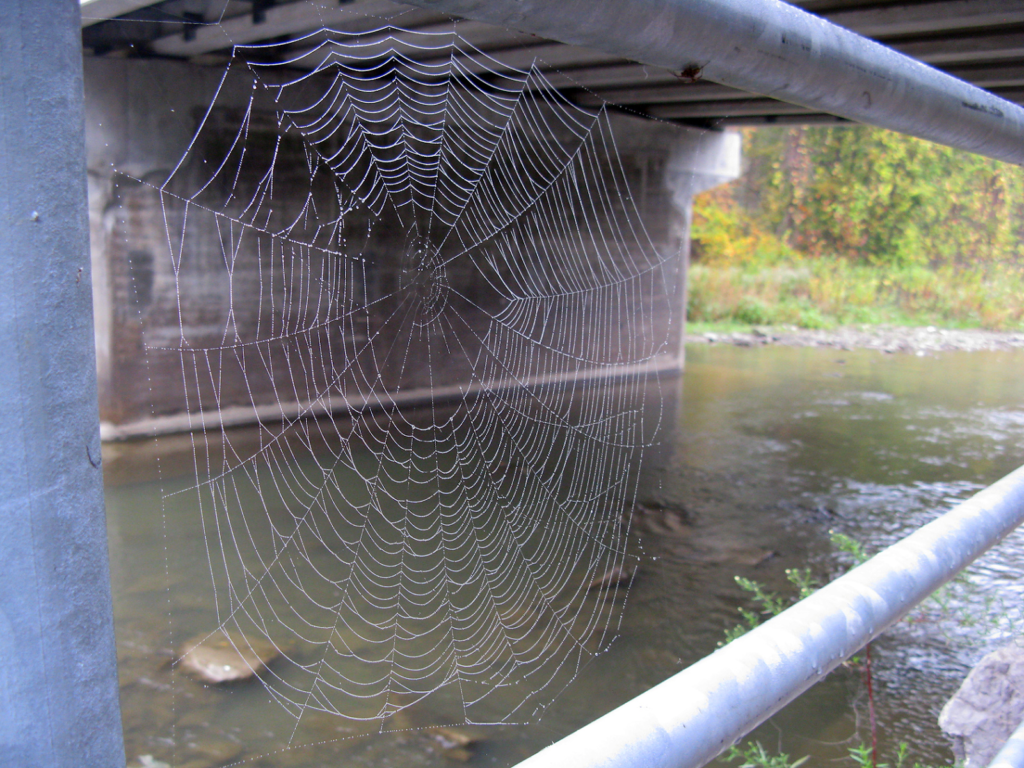
Wikimedia Commons
Because flying spiders move quickly and tend to float at a distance, they’re often difficult to spot. If you do see one in action, it might be nothing more than a fleeting moment where you catch a glimpse of silk drifting in the air. Flying spiders are light, fast, and often blend into their surroundings. Unlike other types of spiders that build webs in one location, these spiders are constantly on the move, gliding through the air in search of better conditions. As a result, it’s easy to miss their arrival or departure. Their ability to move quickly also makes them hard to track.
12. They Aren’t Dangerous to Pets

Flickr
If you’re concerned about your pets encountering a flying spider, there’s no need to worry. These spiders are not venomous or dangerous to animals, including dogs, cats, and other pets. While pets may be curious about these airborne spiders, they typically don’t pose a significant threat. In fact, your pets may be more likely to ignore or investigate the spider briefly before moving on. It’s important to note that while flying spiders can appear intimidating, their behavior and biology are not harmful to your furry friends.
13. They Help Control Pest Populations
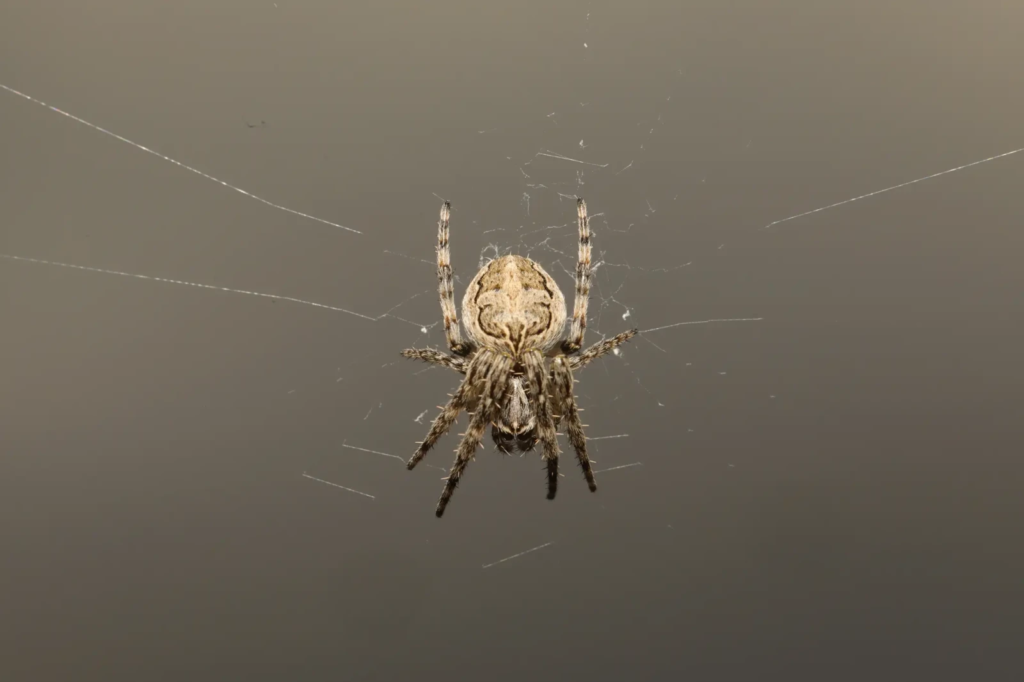
Animalia
Despite their frightening ability to float through the air, flying spiders are incredibly beneficial to ecosystems. Like other spiders, they prey on smaller insects, such as flies and mosquitoes, which helps to keep pest populations under control. This natural form of pest management means that flying spiders are important players in maintaining a healthy environment. Their ability to travel long distances allows them to cover large areas, spreading their pest-control abilities wherever they go. In essence, they act as nature’s exterminators, helping to keep unwanted insect populations in check.
14. They Are a Part of Nature’s Oddities
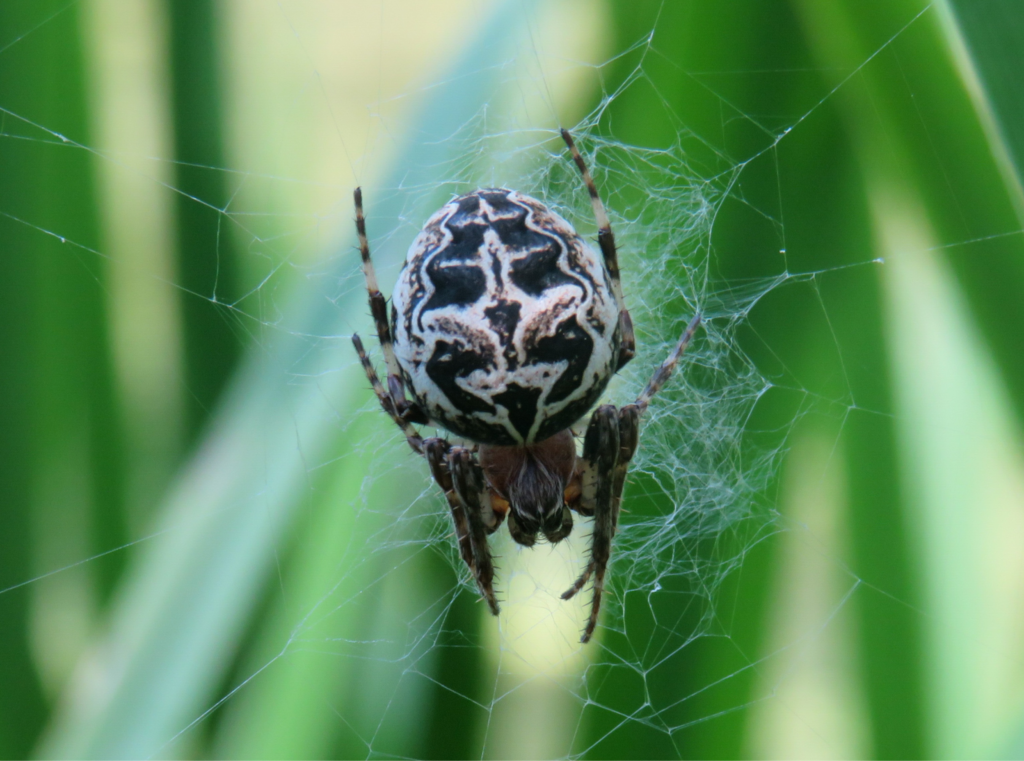
Wikimedia Commons
Flying spiders are one of the more unusual creatures in the natural world, and they represent the incredible diversity of life on Earth. While their aerial abilities may seem strange or even frightening to some, they are simply another example of how animals have evolved to adapt to their environments. Flying spiders’ ability to use the wind to travel great distances showcases the many ways nature can surprise us. Rather than fearing these fascinating creatures, it’s better to appreciate the way they’ve adapted to survive and thrive in a world full of challenges.


